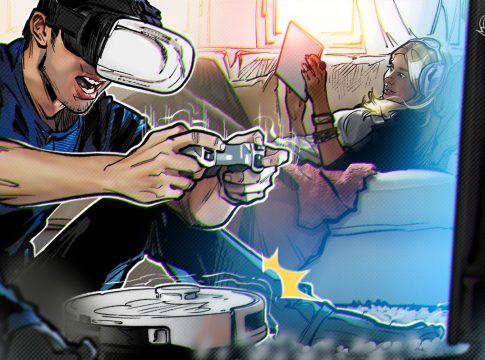The Evolution of Tech: From Punchlines to Household Staples
Before many of today’s essential gadgets became household staples, they often served as the butt of jokes—too ambitious, too early, or simply too flawed. From quirky robotic pets to cumbersome digital assistants, the tech landscape of the ’90s and early 2000s was filled with innovations that missed the mark. However, these failures became invaluable lessons, ultimately paving the way for the devices we now rely on daily.
Robotic Revolution: The Rise of the Robot Vacuum
From Trilobite to Household Helper
Remember the Electrolux Trilobite? Launched in 2001, this was the first attempt at a consumer robotic vacuum. Priced at around €1,600 (about $1,850 today), it came with ultrasonic sensors and automatic docking but failed to effectively navigate around furniture or pick up dirt.
Why It Faltered:
- Ineffective at cleaning edges
- Frequent navigation mistakes
- Price tag too steep for average consumers
Today’s Game-Changer: Fast forward to modern models like the Roomba j7+ and Roborock S8 MaxV Ultra, which feature AI technology and advanced sensors. Prices have dropped significantly, making smart vacuums a common household item, radically improving floor-cleaning efficiency.
Wearable Tech: From VMU to Smartwatch
Sega’s Vision for Wearables
In 1998, Sega introduced the Visual Memory Unit (VMU) for the Dreamcast. It was a memory card with a tiny screen, but it couldn’t keep up in an increasingly competitive market.
Let’s Break It Down:
- Battery Drain: Limited longevity
- Low Utility: Underwhelming developer support
Today’s Evolution: Smartwatches like the Apple Watch Series 9 not only provide notifications but also track fitness, facilitate contactless payments, and even issue emergency alerts. These devices have transformed into essential extensions of our smartphones.
The Robot Pet That Couldn’t: Sony AIBO’s Journey
A Pet That Lacked Love
Launched in 1999, Sony’s AIBO robot dog was a fascinating concept but quickly became known for its high price point and basic functionalities.
Challenges Faced:
- High cost of $2,500
- Minimal utility beyond novelty
Today’s Smart Companions: Modern robotic pets have significantly evolved. Devices like Amazon Astro assist daily, while next-gen AIBOs excel in emotional interaction—a far cry from their predecessors.
Gaming Reimagined: Virtual Boy to VR Headsets
Nintendo’s 3D Flop
The Virtual Boy introduced in 1995, aimed to offer 3D gaming experiences but suffered from poor graphics and user discomfort, leading to a quick demise.
Why It Went Bust:
- Causes of physical strain and nausea
- Limited game library
Current Innovations: Today’s VR headsets, including the Meta Quest 3 and PS VR2, envelop gamers in fully immersive experiences with top-notch visuals and vast game libraries. They’ve nailed what the Virtual Boy first attempted.
Digital Currency: Early Visions to Modern Solutions
Avant and DigiCash: The Trailblazers
In the early ’90s, Avant and DigiCash attempted to pioneer digital currencies. Limited infrastructure and consumer hesitation quickly led to their failures.
Hurdles Included:
- Low market demand
- Complex regulatory landscapes
Current Landscape: Fast forward to 2025, where 134 countries are actively piloting or developing Central Bank Digital Currencies (CBDCs), showcasing a radical transformation in how we perceive and utilize digital money.
Kitchen Tech: Air Fryers’ Transformation
Kitchen Science Gone Awry
In the mid-2000s, an oversized prototype by Fred van der Weij aimed to create oil-free fries but was impractical for everyday use.
Downfalls:
- Clumsy design
- Inefficient at mass production
Modern Marvel: Today’s air fryers, such as the Ninja Foodi DualZone, are compact and feature-rich kitchen staples that can roast, bake, and even dehydrate. They’ve taken the culinary world by storm, becoming indispensable for health-conscious cooking.
The Lesson of Failure
The story of these gadgets reminds us that innovation doesn’t always flourish on the first try. The technologies we once mocked are now integral to our lives, showcasing resilience and refinement over time. Who knows? The next big thing could be in development right now, waiting to surprise us with its brilliance years down the line.

Writes about personal finance, side hustles, gadgets, and tech innovation.
Bio: Priya specializes in making complex financial and tech topics easy to digest, with experience in fintech and consumer reviews.

